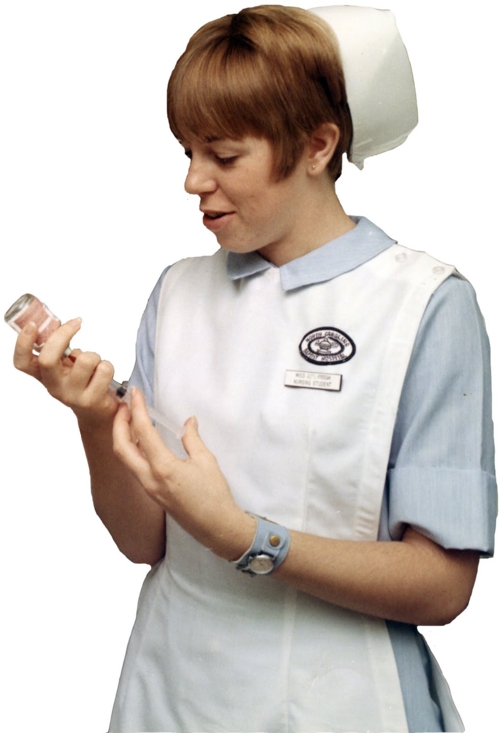Nursing uniforms are subjected to all manner of dirt and stains throughout a typical day at work. From blood, to feces, iodine, urine, liquid medicine, ointment, vomit and all else in between, it can get pretty messy throughout a typical nurse’ day at work. While initially nurses were limited to white nursing scrubs where they would use liquid bleach when laundering, today there is so much leeway when it comes to nurses’ uniforms colors.

Some colors are so forgiving and will conceal some type of dirt but does it really mean that they will kill the bacteria and germs. While liquid bleach will successfully whiten the nursing uniforms and leave them germ-free, it only works perfectly for plain nursing uniforms. How do you take care of your nursing uniforms to ensure they remain their best regardless of the “poor and dirty” working conditions they are subjected to on a daily basis?
Wash the Nursing Uniforms separately
It makes perfect sense really… you should wash white scrubs separately from colored and printed scrubs. You can always wash the white colored ones in liquid bleach, and then pile the dark colored scrubs and wash them in a single lot. Be careful though not to mix the dark colored ones with fabrics whose colors are running, as you may end up compromising on their quality. Colors such as turquoise, purples, blues, and purples can be washed together as long as all fabrics present are colorfast.
Disinfect the uniforms using an effective anti-bacterial detergent
The best thing with nursing uniforms is that they are a wash and wear type, meaning they are very easy to clean. You just put and allow them to soak in cold water, put in some distilled white vinegar to prevent color bleeding and act as a disinfectant and you are good to go. While at it, it is strongly discouraged not to add any fabric softener to nursing uniforms. The reason for this is because they are often made of the wash and wear material, meaning the softener may end up changing the fabric’s feel, and may eventually cause wrinkles.
Color Bleeding Prevention
Taking care of your nursing uniforms is also about preventing color bleeding. As previously mentioned, adding a tablespoon of white distilled vinegar can double up both as a disinfectant as well as help prevent color bleeding. While at it, you might want to use cold water when pre-soaking the uniforms in that should there be any color bleeding; the cold water will trap the colors within the same fabric so the color will not slip over to the other fabrics.
Basic Care when Washing
100% cotton nursing scrubs should be washed in cold water. While at it, ensure you turn them inside out so as to protect their finish and reduce fading from scuffing with other fabrics. For scrubs that are 65% cotton and 35% polyester, they should be washed in warm water. Hot water should be avoided when washing nursing uniforms as they may decrease the life span of your uniforms.
Drying your nursing uniforms
Nursing uniforms are best dried under bright sunlight, if not for anything else, because bright sunlight will kill off all germs and bacteria. Others advise on flat drying the uniforms so they are not ironed later. Should you dry your nursing uniforms into the drier, it is advisable that you use low dryer settings so that the scrubs do not shrink.
Knowing how to wash your nursing uniforms will help them not only look better but also last the longest. Days of odd looking nursing uniforms are long gone. Today’s nursing uniforms are as varied as fashion.
This article has been written by Derek who loves to share tips when it comes to buying scrubs. You can have a look at his site Cherokee Flexibles Scrubs in order to learn more on this topic.

